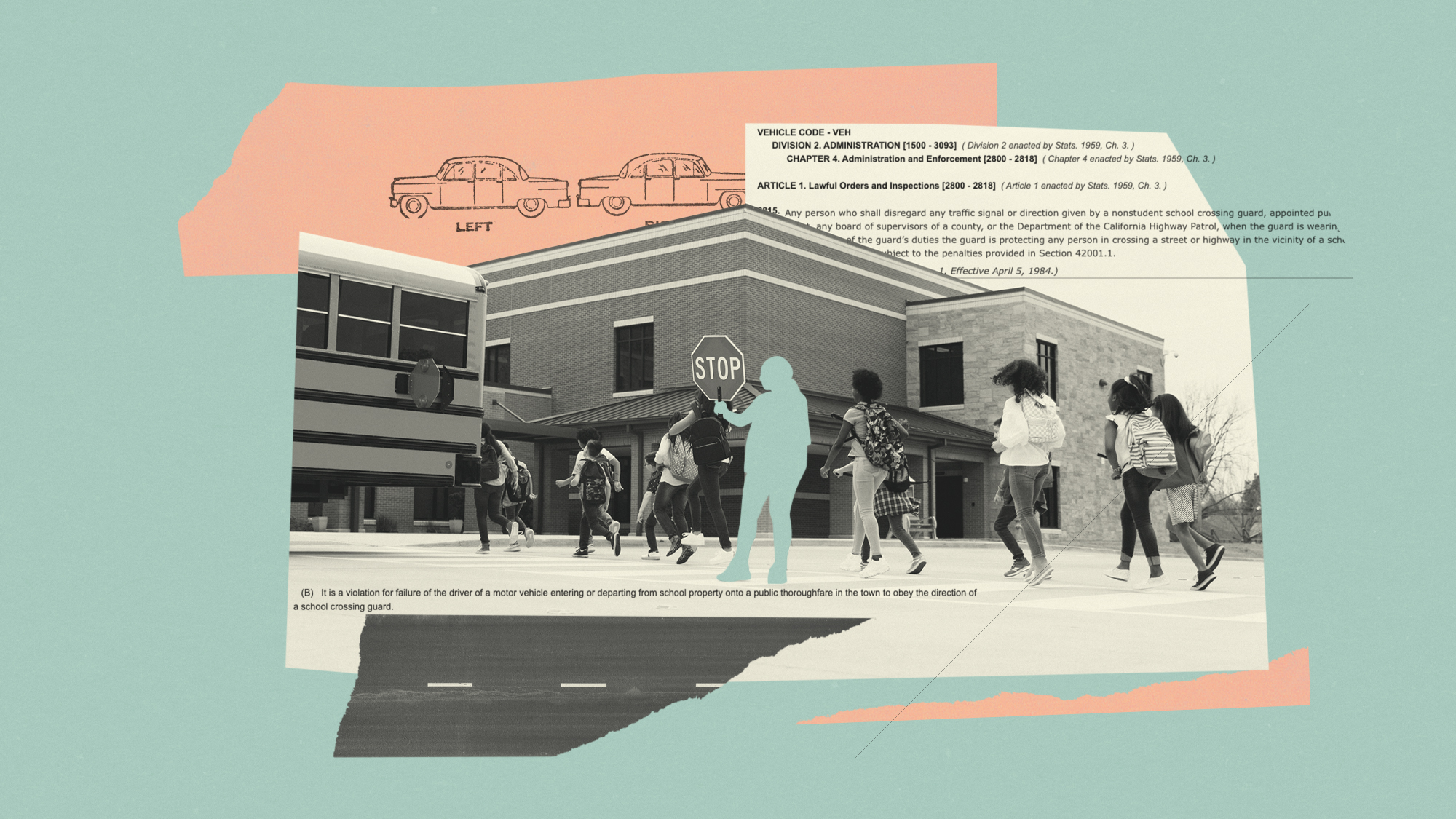Britain’s missing workers
A large number of working-aged people are ‘economically inactive’ and putting a strain on the UK workforce

Since the pandemic, Britain has faced a novel difficulty. Official unemployment is at its lowest point since the 1970s: at 1.3 million people, or 3.8% of working-age adults.
This would usually be a sign of good economic health. Yet at the same time the UK’s workforce actually shrunk; during the pandemic, all major countries saw their workforces shrink but, unusually, Britain’s has not recovered, and is still about 1% smaller than it was.
There are about nine million people aged 16 to 64 – a quarter of the working-age population – who are “economically inactive”: neither employed nor looking for work. This figure grew by half a million between 2019 and 2022. Many of these people are genuinely not looking for work: they are, for instance, students or carers. But many are thought to be the “hidden unemployed”: the Centre for Cities think-tank estimates that three million people are the “involuntarily economically inactive” (those who’d like to work but can’t). If they were included in official figures, the unemployment rate would go up from 3.8% to 12.1%.
The Week
Escape your echo chamber. Get the facts behind the news, plus analysis from multiple perspectives.

Sign up for The Week's Free Newsletters
From our morning news briefing to a weekly Good News Newsletter, get the best of The Week delivered directly to your inbox.
From our morning news briefing to a weekly Good News Newsletter, get the best of The Week delivered directly to your inbox.
Why is this a problem?
The rise in economic inactivity of course reduces growth and makes it harder for British companies to expand. It also reduces the tax revenues available to fund public services. By reducing the labour supply, at a time when the UK is also facing labour shortages in some sectors because of Brexit, it has added pressure on wages, and helped to stoke inflation. Boosting the workforce will be vital in raising Britain’s economic prospects.
Who are the missing workers?
It has long been known that many of the hidden unemployed are people who are classified as long-term sick. According to the latest government figures, there are 1.78 million people who aren’t working but would like to be: of those, 600,000 say they can’t work because they are sick. But the question currently exercising the Government is why half-a-million people have become economically inactive since 2019. Around half of them are aged 50 to 64. The biggest single contributing factor, it seems, is early retirement.
Why are people retiring early?
The current crop of retirees – broadly, baby boomers – are a generation that in many cases had generous pension plans and have accrued considerable property wealth. Therefore, many have been able to retire early. However, the pandemic also had something to do with it. Some of those who were furloughed, or worked fewer hours during the pandemic, perhaps reassessed their preferences and decided to take retirement earlier than planned. Others, it seems, are leaving the workforce due to taking on more childcare responsibilities for grandchildren. In this sense, some view retirees as an economic “hidden army” of childcare providers and volunteers in the local community, whose contribution to the economy is simply going unrecorded and is necessitated by the underfunding of childcare services.
So childcare provision is a factor?
Yes: working-age mothers are often “priced out of work” by the cost of it. Figures show that 43,000 women dropped out of the workforce during 2022 to look after family. Net childcare costs represented almost a third of the income of a family on the average UK wage, according to OECD figures, compared with just 1% in Germany, due largely to the lack of free childcare provision between ages one and three. The OECD found that Britain had slipped five places to 14th among wealthy countries on its table of women in work. Some women might not even show in statistics as economically inactive if they work fewer hours to fill childcare gaps.
A free daily email with the biggest news stories of the day – and the best features from TheWeek.com
Why else have numbers risen?
As discussed, long-term sickness is an important factor – probably second only to early retirement. There are around half-a-million more people reporting long-term health issues as their main reason for not working than there were in 2019. This trend predates the pandemic, but it seems likely that Covid-19 has not only made more people ill, but has also exacerbated existing ailments by increasing delays in healthcare services. The think-tank Demos found that “people we spoke to told us they didn’t have the support to keep working with a health condition”.
How can people get back to work?
In March, the Chancellor published what he described as a “back to work” Budget, featuring a series of reforms costing £7bn per year, designed to increase “workforce participation”. These included allowing people to save more in private pensions without facing tax penalties, offering more support to help disabled people find work, and extending free childcare: there will be 30 hours of free childcare for every child over nine months (currently this is only provided for three- to four-year-olds and older).
Will it work?
According to the respected Institute for Fiscal Studies (IFS), Jeremy Hunt’s reforms will only have a limited effect: they are likely to bring 110,000 people back to work, at a considerable cost of nearly £70,000 per job. The IFS said that annual net immigration – projected at around 245,000 – would provide a far more significant boost to employment.
Some critics suggest that the situation won’t change if problems that have long bedevilled Britain’s economy aren’t tackled, such as low productivity, and a lack of good jobs in many poorer parts of the nation. However, there are signs that the cost-of-living crisis is driving people back to work. According to the IFS, in the last quarter of 2022 “there was a sharp and statistically significant uptick” in the numbers of 50- to 64-year-olds returning to work.
-
 A fentanyl vaccine may be on the horizon
A fentanyl vaccine may be on the horizonUnder the radar Taking a serious jab at the opioid epidemic
-
 The 8 best comedy TV series of 2025
The 8 best comedy TV series of 2025the week recommends From quarterlife crises to Hollywood satires, these were the funniest shows of 2025
-
 Codeword: December 16, 2025
Codeword: December 16, 2025The daily codeword puzzle from The Week
-
 Is $140,000 the real poverty line?
Is $140,000 the real poverty line?Feature Financial hardship is wearing Americans down, and the break-even point for many families keeps rising
-
 Employees are branching out rather than moving up with career minimalism
Employees are branching out rather than moving up with career minimalismThe explainer From career ladder to lily pad
-
 Coffee jitters
Coffee jittersFeature The price of America’s favorite stimulant is soaring—and not just because of tariffs
-
 Is the UK headed for recession?
Is the UK headed for recession?Today’s Big Question Sluggish growth and rising unemployment are ringing alarm bells for economists
-
 Shein in Paris: has the fashion capital surrendered its soul?
Shein in Paris: has the fashion capital surrendered its soul?Talking Point Despite France’s ‘virtuous rhetoric’, the nation is ‘renting out its soul to Chinese algorithms’
-
 Out of office: Microretirement is trending in the workplace
Out of office: Microretirement is trending in the workplaceThe explainer Long vacations are the new way to beat burnout
-
 The 996 economy: Overtime, Silicon Valley–style
The 996 economy: Overtime, Silicon Valley–stylefeature After work, there’s...more work
-
 Being a school crossing guard has become a deadly job
Being a school crossing guard has become a deadly jobUnder the Radar At least 230 crossing guards have been hit by cars over the last decade